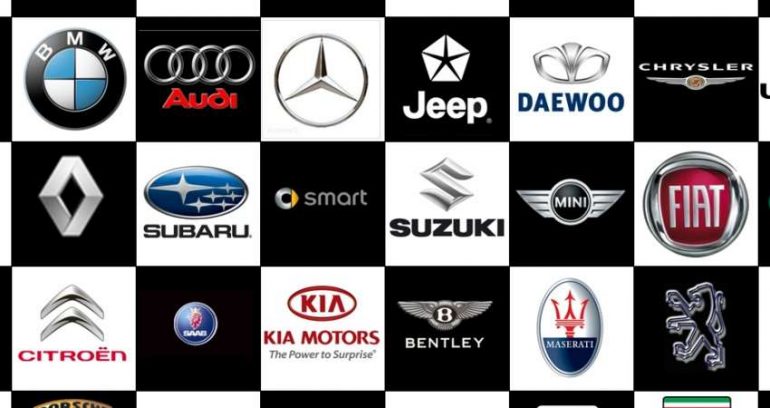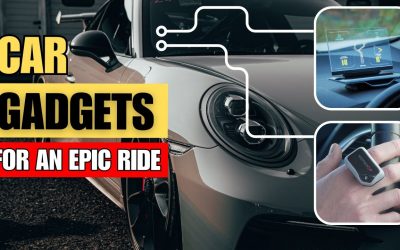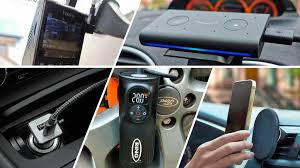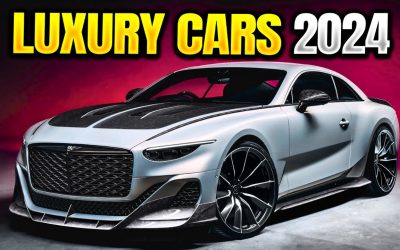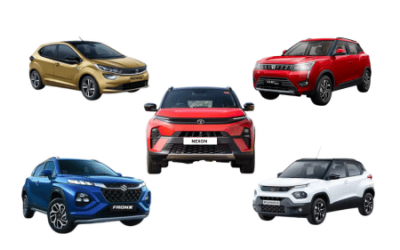Industries are moving towards development and also the transformation is evident in every part of the system. For instance, the home appliance is moving towards smart systems with remote enabled and touch features from the age-old systems of switches and gears. Likewise, the automotive industry has also undergone a major shift to electric vehicles and self-drive cars.
Let us discuss how technology is changing the game in the automotive industry.
Product
Hardware Vs Software
It is believed that the hardware content is around 90 % of the vehicle but Morgan Stanley’s study shows that it can be reduced to 40 % as the rest of 60% is replaced by software and content.

Mechanical Vs Interactive
The owners of premium cars are always experienced with luxury driving, high performance, and safe vehicles. Now, in the future, they can expect their car to be a very smooth and equal companion to drive and experience a luxury finish. Hence, the experts are also ready to equip the premium brand cars with large-screen infotainment systems, large LCD dashboards, and augmented reality head-up displays.
Marketing And Sales
Online Vs Offline
Brand equity and buying experience are mostly offline and it is slowly adapting the online selling system. In the study of “The Shifting Automotive Shopping Landscape”, the report says that the buyers can experience an average of 8.9 touchpoints while the purchase whereas the 5.5 is online. Only 2% of the buyers have purchased online and 77 % are ready to buy premium brand cars online in the future.
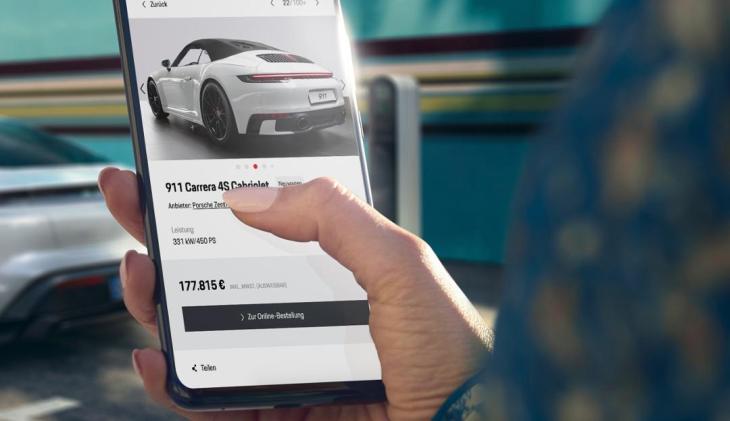
Emotional Vs Experiential
There are many emotional factors attached to buying premium brand cars, which is why the manufacturers look for very much detailing and authentication with the consumers. A recent study shows that nearly 82% of the buyers look for buying cars through the latest technologies like virtual and artificial reality. Premium brands need to be in correlation with the techniques and provide the best in class features.
Services
Offline vs Online
Every car needs a complete schedule of maintenance for a particular period of time. The premium car brands can make the necessity to bring the vehicle for maintenance can be reduced which can eventually be reduced with the introduction of electronic vehicles. The rapid growth of EV can make the car segment to have an online service system. The premium car owners will also expect the providers to move ahead and plan for more sophisticated ways to service their vehicles.
Real-time Vs Predictive maintenance
There can be even online vehicle supervision to analyze and give data on driving behavior, road conditions, and other variables to anticipate and finely hone vehicle service.
However, with the summation of the above advancements, the transformation of a premium brand is near the future. It will be much easier for the upcoming brands to become premium rather than the previous ones that struggle to grow or hold market share.
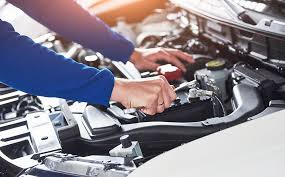
In order to maintain the status of premium brands, it is better to react as being in par with the developments and deliver high-class qualities.
For example, the superior driving experience is currently a brand image of most premium automotive brands. However, as autonomous driving advances, the experience of being in a car will be much like being in a mobile lounge, where the occupants will expect to do almost everything they can do in the office or at home. So, if you want to maintain premium brand status, OEMs need to make great leaps in providing seamless digital integration in automobiles.
There is a big challenge in the future where the OEMs focus should not be only on car design, sales, marketing, services, and brand equity but well-diversified with new technologies and platforms.
3
